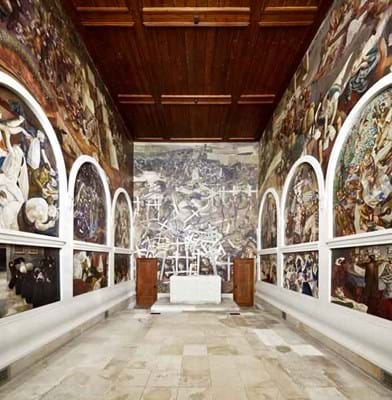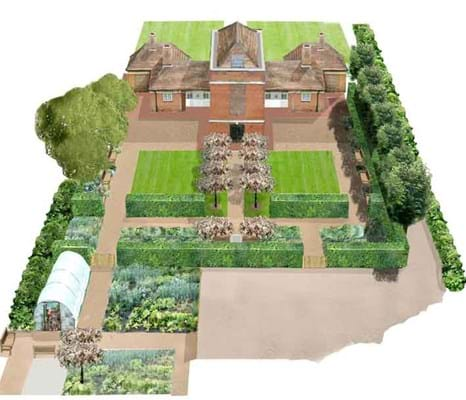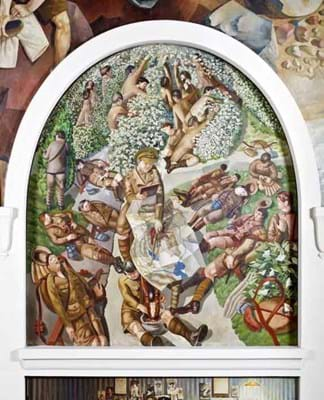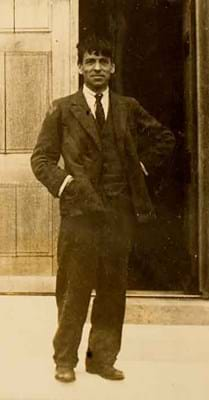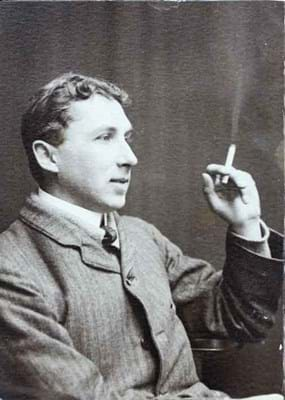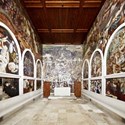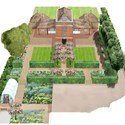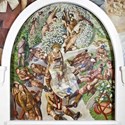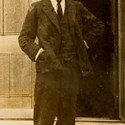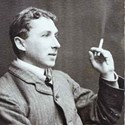The modernist chapel, housing an epic series of 19 works by Stanley Spencer (1891-1959), is the only National Trust building dedicated to the Great War.
A year of conservation work has seen the paintings cleaned, the building replenished and the ground at the back of the chapel levelled to allow for a new allotment-style country garden. An interactive exhibition space and refreshments area has been created within the almhouses that flank the chapel.
The Trust received a £100,000 grant from the Heritage Lottery Fund for the project with additional funds generated by donations and a touring exhibition that saw 16 of the large-scale canvas panels (those mounted on stretchers) on display at Somerset House in London and Pallant House in Chichester.
The panels will move for perhaps the last time to the Manchester Art Gallery from November 29, 2014, to March 1, 2015, when final works will be completed.
The three largest murals, worked on huge single pieces of canvas adhered to the walls, have remained in situ throughout the conservation work.
Personal Memorial
The Sandham Memorial Chapel is among the most personal of all memorials to the Great War and the jewel in the crown of the National Trust's modest holdings of 20th century British art.
It was funded by John Louis and Mary Behrend, champions of the Modern British art scene and among Spencer's most important patrons, who lived at the Grey House in nearby Burghclere.
Dedicated to the memory of Harry Sandham, Mary's brother who died from a disease contracted during the war, it follows Spencer's conception of a monument, inspired by Giotto's Arena Chapel in Padua, to honour the lives of those not remembered on any official memorials.
Drawing upon his own wartime experiences both as a hospital orderly at the Beaufort Military Hospital in Bristol and as a soldier on the 'forgotten' front of Macedonia, the mural cycle combines the realism of everyday life - disinfecting lockers, inspecting kit, sorting laundry, scrubbing floors and taking tea - with dreamlike visions that include the resurrection of dead soldiers from the battlefields of Salonika.
Although not made an official war artist until 1918, Spencer had produced many of the drawings for his 'Holy Box' while stationed in the Balkans but did not receive the commission until 1926.
It took him six years and many months away from his beloved Cookham, before he completed the murals in 1932.
The chapel, which still holds services up to four times a year, including an annual Remembrance Day event, reopened on August 4 and will now be open until the end of October when the paintings will move to Manchester.


